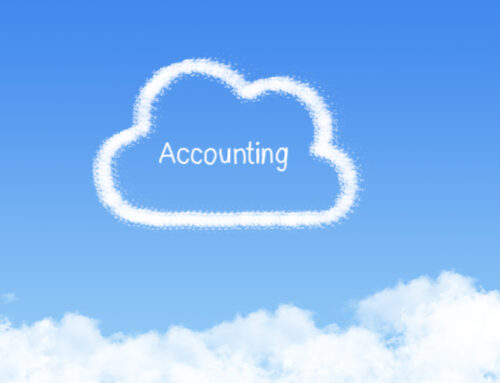If you have a company, you may have heard the term shareholder loan. You may even know the current balance of what your company owes you. If you have no idea what a shareholder loan is or whether you have one, that’s okay.
In this post, we’ll explain what a shareholder loan is and why the money you withdraw from it isn’t always tax free.
What is a shareholder loan?
A shareholder loan is, simply put, a loan that a shareholder makes to their corporation. The Canada Revenue Agency (CRA) doesn’t consider this money as income for the corporation, so there’s no corporate tax owing on the money borrowed.
Shareholders have the option to charge interest on the loan provided they do so at a reasonable rate. This may result in additional personal taxes for the shareholder. It’s best to check with your accountant to see if this applies to you and your company’s situation.
The shareholder can also choose to forgive the loan (or part of the loan). If they do, the corporation may be required to include the forgiven amount in its income for tax purposes in the year it’s forgiven. If this is the case, the CRA will then tax that money as corporate income.
How do shareholder loans work?
Taking Money Out of the Shareholder Loan
When it comes to taking money out of your shareholder loan, there are a few things to keep in mind. First, your goal with a shareholder loan is always have the company owe you money as the shareholder. If you end up owing the company (ie. your shareholder loan is in a debit balance), there are additional rules and tax consequences that must be adhered to. In some cases, you might end up paying tax on money that you’ve already paid personal tax on.
Second, when you buy something personal out of your company bank account, this is like taking money out of your shareholder loan. You may have heard the term “draw” before. A draw is when a shareholder takes money out of the company for personal use. As long as the company owes the shareholder, the shareholder doesn’t have to repay the money they withdraw and there’s no interest charged on the draw.
Dividends
In order to avoid having your shareholder loan go into a debit position, you can receive a dividend. Dividends are taxable, so when you take money out of your company this way, you will pay tax personally. A main reason for incorporating your business is for the tax planning opportunities it can provide. Careful tax planning is recommended to make the most of managing your shareholder loan, including paying dividends.
Contributing to Your Shareholder Loan
The amount your company owes you will increase if you continue to loan money to your company. This can be a straight up deposit of personal funds into your corporate bank account. Your company will also end up owing you money if you pay for business items using personal funds.
Common items paid for by a shareholder on behalf of their company include:
- Office expenses,
- Supplies and inventory,
- Travel expenses,
- Meals and entertainment.
These types of expenses can be claimed as business expenses by the company and will increase the amount your company owes you if you purchase them for the company with personal funds.
Paying Back Your Shareholder Loan
Your shareholder loan is considered a liability of the corporation until it’s repaid. The company must repay this amount according to the terms of the loan agreement. This includes repaying any interest that’s owing.
If the corporation doesn’t repay the amount owing, or if it doesn’t pay interest on the loan, the CRA may deem that there was never a loan in place. This could have serious tax consequences for both the shareholder and the corporation.
In Conclusion
A shareholder loan can be a great way to invest in your company, but it’s also important to understand how these loans work. Understand the rules before taking any money out of your company. If you have questions about shareholder loans and tax planning around them, we’re happy to help. Get in touch to learn more.





